The Giant panda is a peaceful and gentle animal that is known to live in the mountains of China and has adapted to living with the changing seasons. These mountains do not remain the same all year round. They change from cold winters to warm summers and blossoming spring to resting autumn. The air gets colder or warmer, the taste and growth of the bamboo is changed, and the land can be covered with snow or filled with rain. Pandas survive all of this by practicing the skills that they were born with, and by having strong bodies and smart instincts. This blog describes how the pandas live comfortably throughout the seasons of the mountains.
How Pandas Adapt to Different Seasons
Panda lives in high altitude forests throughout mountains in Sichuan, Shaanxi, and Gansu in China. These forests are full of bamboo, trees, rocks, mist and sometimes snow. The weather is not the same everywhere in the mountain. The lower parts are warmer and the higher parts colder. Pandas go up and down these mountains depending on temperature, food availability and comfort. In the Native American way of life, their lives are intimately tied to the land and the seasons. Spring on the mountains is filled with fresh air, new bamboo shoots as well as a mild climate. The snow begins to melt, the rivers start to flow and even the bamboo starts growing again after winter. Pandas are therefore more active than other seasons. They move around in search of new bamboo shoots which are softer and easier to eat. The weather is also neither too cold, nor too hot, so the pandas spend more time exploring the forests.
Spring is also a time that pandas start looking for mates. Their sense of smell becomes important during this time, that helps them find others in the wild. Due to the mild weather, they do not have to expend much energy for warmth. Spring provides them with enough comfort, food, and energy to work on the rest of the year. It can be quite warm and humid in the mountains during the summer, especially in the lower mountain areas. Pandas have been seen to relocate higher to more cooler and cleaner air to keep cool. Higher parts of the mountains are covered with clouds and dense forests which obstruct the sun rays. This helps to keep their body from overheating. Pandas also rest more in times when it gets too warm. They spend their time lying on the cool ground or under trees or near streams of water.
#1. Best way to relax after eating a lot of bamboos

#2. Pandas love to sleep during most time of the day
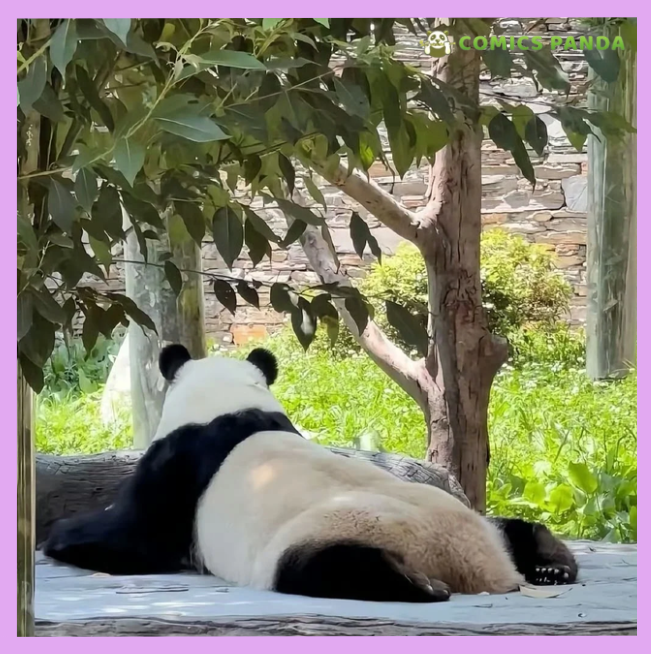
In the summer, the leaves of bamboo are more important in their diet. In warmer seasons, panda consumes softer leaves which are easier to digest. Their thick fur may sound uncomfortable around summer but it also helps to protect them from insects, rainy weather, and even scratches from sharp plants. Their slow and quiet lifestyle helps them to conserve energy and avoid stress during the hot days. Autumn in the mountains is peaceful and tranquil. The weather gets cooler and the forests are covered with shades of gold and green. Pandas spend this time to eat more and for storing energy inside their body. They do not store fat like some animals that hibernate but they prepare their strength for the cold season ahead.
#3. Perfect Click

#4. They are bald when born

During autumn, bamboo gets subsoil slightly withered and dry. Pandas begin to consume more of the more difficult stalks since they are in such quantities. Their strong jaw and teeth help them in breaking bamboo even when it is thick. This season is also a good time for pandas to move to lower mountains slowly where winter will be less harsh when compared to the highest peaks. Winter is the worst time in the mountains of China. In many locations the ground is covered in snow, and the temperatures are very low. But pandas are well prepared. Their thick double-layered fur helps to keep them warm. The outer layer of the fur keeps them protected from the wind and snow and the inner keeps the heat trapped inside their bodies.
#5. Pandas are not afraid of heights

#6. Cuteness overloaded

In winter, pandas migrate to areas towards the bottom of the mountain range where there is less snow and it is easier to obtain bamboo. Nor do they hibernate like some other animals. Instead, they feed on bamboo all through the cold season. Their slow lifestyle helps them to conserve energy and their strong body helps to withstand cold winds and icy paths. Panda Paws are rough and wide which help them to walk on snow without slipping. Bamboo is the primary source of food for the pandas but all bamboo is NOT the same. Panda selects various parts of bamboo according to the season. In early summer and spring, they feed on soft bamboo shoots. In the summer, they feed on fresh leaves. In autumn and winter, when shoots and leaves are harder to come by, they eat the stems of the bamboo. Their body gets trained to change between one part to another.
#7. How precious is to see twins baby pandas

Bamboo grows in waves throughout the year and pandas move to areas where the bamboo is fresh. Their sense of smell helps them to sense which part of the bamboo is ready to eat. Even though bamboo has low energy, pandas eat a lot of it in order to stay healthy. One of the most important adaptions of panda is seasonal movement. They do not remain in one place throughout the year. Instead they walk quietly to different areas of the mountains to find the right temperature and fresh bamboo. In summer, they visit the high parts of the mountains. In the winter they descend to warmer valleys. Their strong legs help them to climb steep slopes and travel long distances easily. They do not rush. Their gradual movement is similar to their low energy diet. This non-violent movement is a prudent method of preservation without exhausting power. Their strong sense of direction helps them to remember safe paths, shelters and bamboo spots.
#8. Peace in life for a panda
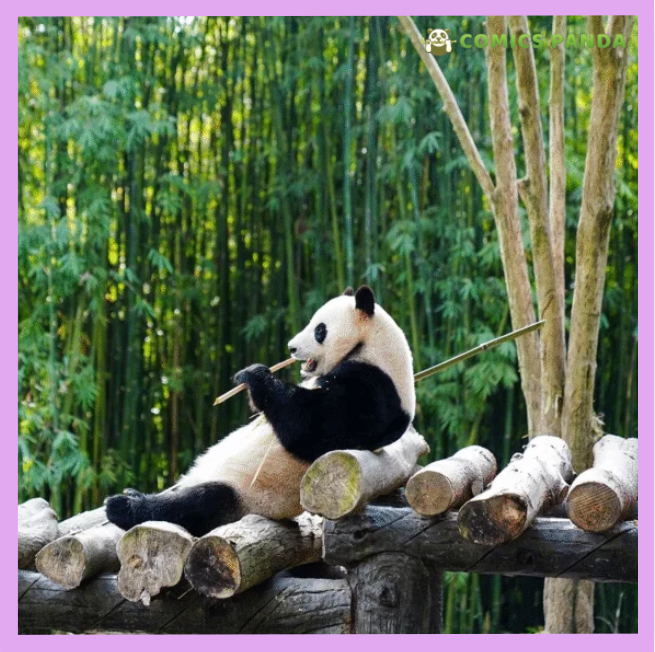
#9. I will sting your butt

The panda is very well adapted to life in the mountains. Their thick fur is like a natural coat. Their round body helps them to stay warm. Their areas of black fur help them to absorb heat from the sun and areas of white fur reflect the light to prevent overheating. Their paws have rough surface, which helps them to hold bamboo and to walk on slippery snow. Their digestive system is strong despite the fact that bamboo is difficult to break down. Their strong jaws and sharp teeth enable them to rather chew bamboo up and down. Their calm and gentle heart beats keep their use of energy low which is helpful in cold winters and warm summers.
#10. Wet cuteness

Pandas cannot even fight the seasons but they can adapt to fit the seasons. They accept the cold, the heat, the rain and the snow as a part of life. Their movement, eating habits, style of resting, and their body features are all in step to the rhythm of nature. There is no storage of food material or construction of complicated shelters. Instead, they trust the mountains and bamboos to provide them with what they need. Their survival is a peaceful relationship to the land. They do not jump from one season to another. They simply slow down, move if necessary, and conserve their energy. Their black and white bodies, slow movements and quiet mind demonstrate how beautifully they fit into the mountains of China. In case you enjoyed this blog, please feel free to spread it out and come to our online page with other fantastic tales on wildlife and nature.

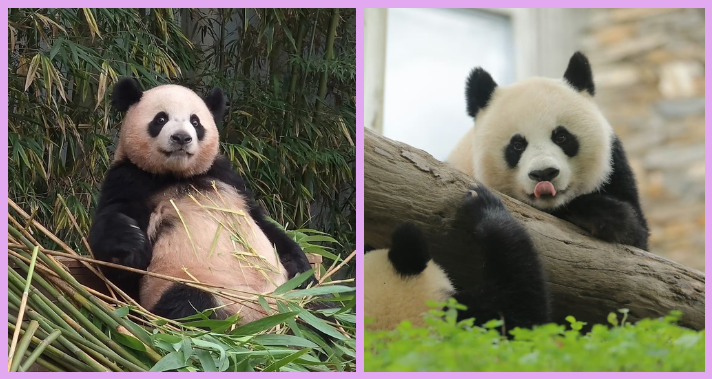
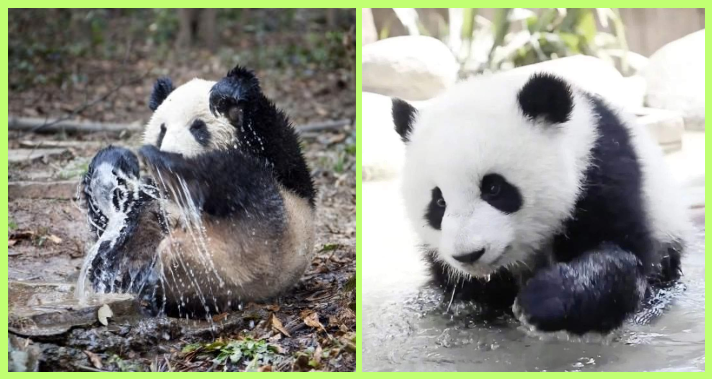

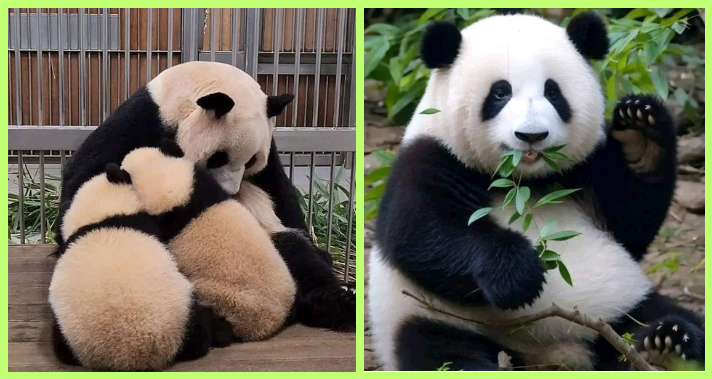
I truly treasure your piece of work, Great post.